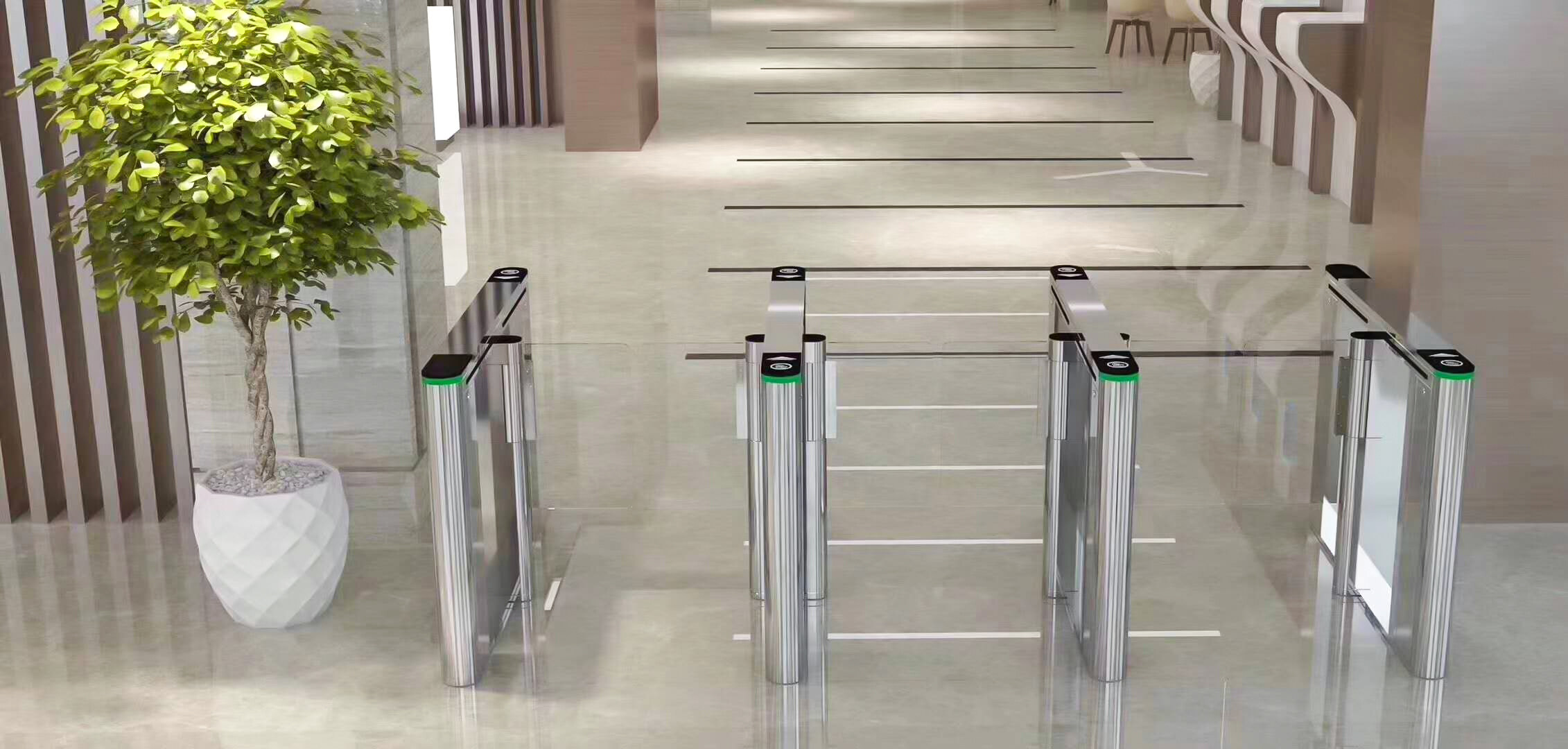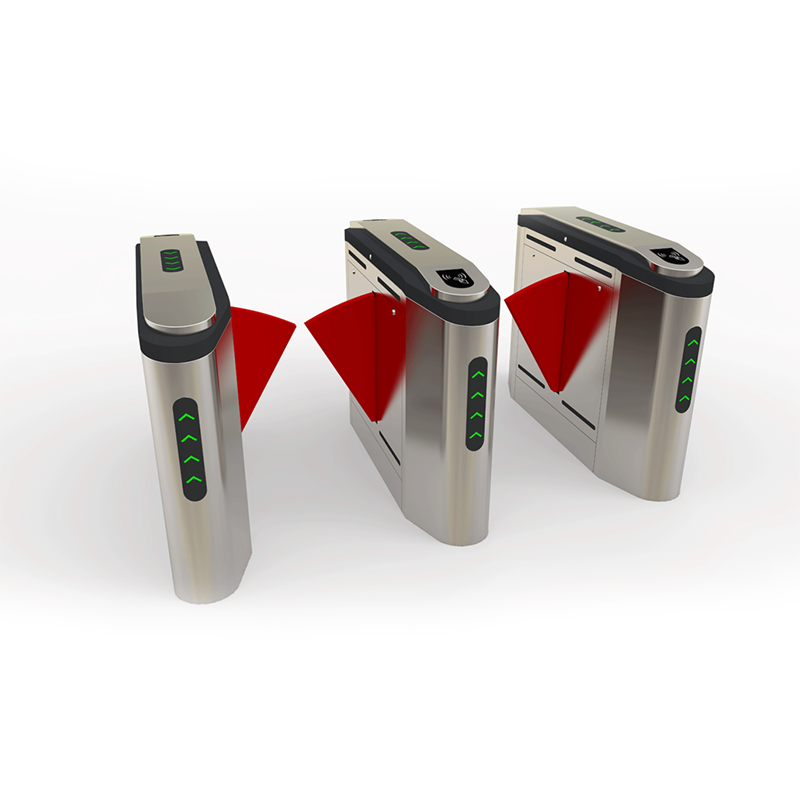Email format error
Email cannot be empty
Email already exists
6-20 characters(letters plus numbers only)
The password is inconsistent
Email format error
Email cannot be empty
Email does not exist
6-20 characters(letters plus numbers only)
The password is inconsistent


The export of flap barriers has grown significantly in recent years, driven by the rising demand for advanced access control systems worldwide. Flap barriers, such as the Flap Barrier SSF-2203, Flap Barrier SSF-2201, and Flap Barrier SSF-2205, have become a vital component in modern security infrastructure. This blog explores the key aspects of flap barrier export, including market trends, product features, and export strategies.
Flap barriers are sophisticated access control devices designed to manage pedestrian flow in various environments. Equipped with high-tech sensors and barriers that retract or extend based on authentication, they ensure seamless and secure entry. Their primary applications include:
As global security concerns escalate, businesses and governments are prioritizing investments in access control systems. Flap barriers provide a secure and efficient way to regulate access, making them indispensable.
With the advent of smart cities, there is a growing demand for integrated access control solutions. Models like the Flap Barrier SSF-2205, equipped with IoT-enabled technology, fit perfectly into these systems, boosting demand across regions like Asia, the Middle East, and Europe.
Manufacturers are increasingly designing flap barriers to meet international standards, ensuring they can be exported to diverse markets. Features like anti-tailgating technology and emergency modes enhance their appeal to global buyers.
Flap barriers are made from stainless steel and durable materials that withstand heavy usage and extreme weather conditions, making them ideal for export.
Models such as the Flap Barrier SSF-2201 include advanced features like RFID authentication, biometric integration, and alarm systems, meeting the security needs of international clients.
The modular design of flap barriers allows customization based on specific requirements, such as lane width and operational speed. Exporters can cater to a variety of industries, enhancing their market potential.
Energy-efficient models are gaining traction in markets focusing on sustainability.
The Asia-Pacific region leads the demand for flap barriers due to rapid urbanization and large-scale infrastructure projects. Countries like India and China are key importers.
With strict regulations on public security, European markets prefer high-quality, certified flap barriers. Models are popular for their compliance with European standards.
The Middle East is investing heavily in smart cities, driving the demand for access control solutions.
In North America, commercial buildings and universities are primary buyers, while South America is witnessing gradual growth in infrastructure projects.
Exporters must ensure that products meet the legal and safety requirements of the destination country. Certifications such as CE and UL are crucial for markets like Europe and North America.
Exporting heavy equipment like flap barriers involves logistical challenges. Proper packaging and reliable shipping channels are essential to avoid damage.
International clients often request customized solutions, requiring manufacturers to adapt their designs while maintaining cost efficiency.
Conducting in-depth market research helps exporters identify regions with the highest demand.
Maintaining high product quality and offering after-sales support is crucial for building a strong reputation in global markets.
Collaborating with local distributors or agents can streamline the export process, ensuring better market penetration.
Utilizing digital marketing tools like SEO and targeted ads can attract international buyers.
The flap barrier market is poised for growth as technology continues to evolve. Features such as AI-powered analytics, facial recognition, and integration with broader smart city systems will likely shape future exports.

Flap barrier export represents a thriving opportunity for manufacturers and suppliers, driven by global demand for advanced access control systems. By focusing on quality, innovation, and market-specific strategies, exporters can capitalize on this growing industry. Whether it’s the robust Flap Barrier SSF-2203, the compact Flap Barrier SSF-2201, or the advanced Flap Barrier SSF-2205, each model plays a crucial role in meeting the diverse needs of international markets.
Investing in the export of flap barriers is not just a business decision; it's a step toward creating safer, smarter global infrastructure.